This website is a means of expressing myself.
Who I am
Hard to say. Honestly, I suspect there is something sinister about the verb to be. I eventually came to think that I am what I do — this way of thinking keeps me motivated to do things that make me feel good. Learn more about my background at /bio.
A pressing nightmare in front of me
I spend delightful hours reading about philosophy and physics. I am fascinated by how scientific knowledge evolves. This interest drives me along a path through the landscape of the history of physics and epistemology. Why all of this? I think it's because I share the same nightmare that Ludwig Boltzmann had.
I always feel a pressing nightmare that it is a puzzle that I am alive at all. Likewise the existence of the world is a puzzle, and that the world is exactly as it is. A science which could resolve these puzzles would become a genuine queen and its name would be philosophy.
—Ludwig Eduard Boltzmann
This quote comes from the Boltzmann's Philosophy Notes for Three Lectures (Fall 1903), published in Vol. 119, No. 1/2, Ludwig Boltzmann "Troubled Genius as Philosopher" (1999).
I encourage you to see how Boltzmann continues the lecture, as his thoughts move toward clarifying the meaning of his questions.
History of Physics
A showcase of iconic moments in physics.
I've started a personal project that fascinates me — recreating the key graphs and diagrams that accompanied novel ideas and breakthrough discoveries in physics. While doing this research, I've uncovered compelling stories about the scientists behind these pivotal moments, revealing both the human drama and emotional depth in their pursuit of understanding. See more artworks like this at https://marcantoniomazzoleni.com.
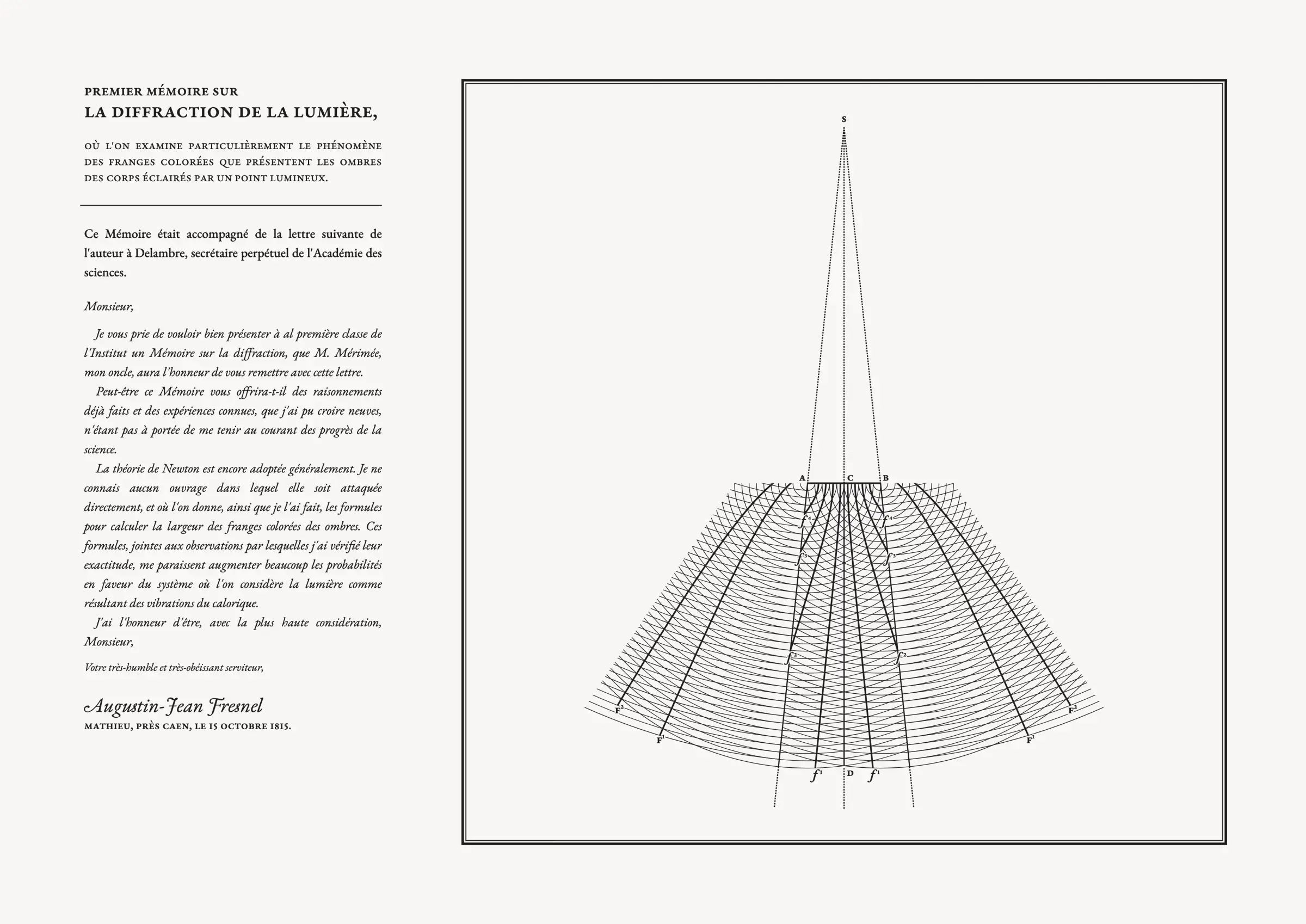
La diffraction de la lumière.Faithful reproduction of a drawing executed by Jean Fresnel to explain the interference of light coming from two nearby point apertures. The original illustration is featured in the Deuxième mémoire sure la diffraction de la lumière, within the Oeuvres complètes d'Augustin Fresnel, published in 1866 by Henri de Senarmont, Emile Verdet, and Léonor Fresnel.
The birth of quanta
Sunday 7 October 1900 Rubens together with his wife visited Planck, the discussion turned to the measurements with which Rubens was occupied. Rubens said that for the longest wave-lengths — which he could achieve — the law recently proposed by Lord Rayleigh was valid. On receiving this information from Rubens, Planck set down and studied the theoretical implications for the equilibrium entropy, deriving the radiation formula that carries his name. The text has been adapted from the book The Historical Development of Quantum Theory. Vol. 1. by Mehra and Rechenberg.
The same evening Planck reported the formula to Rubens on a postcard, which the latter received the following morning. One or two day later Rubens went to Planck, and was able to bring him the news that the new formula agreed perfectly with his observations. Plank published his formula on paper Über eine Verbesserung der Wienschen Spektralgleichung the next 19 October.
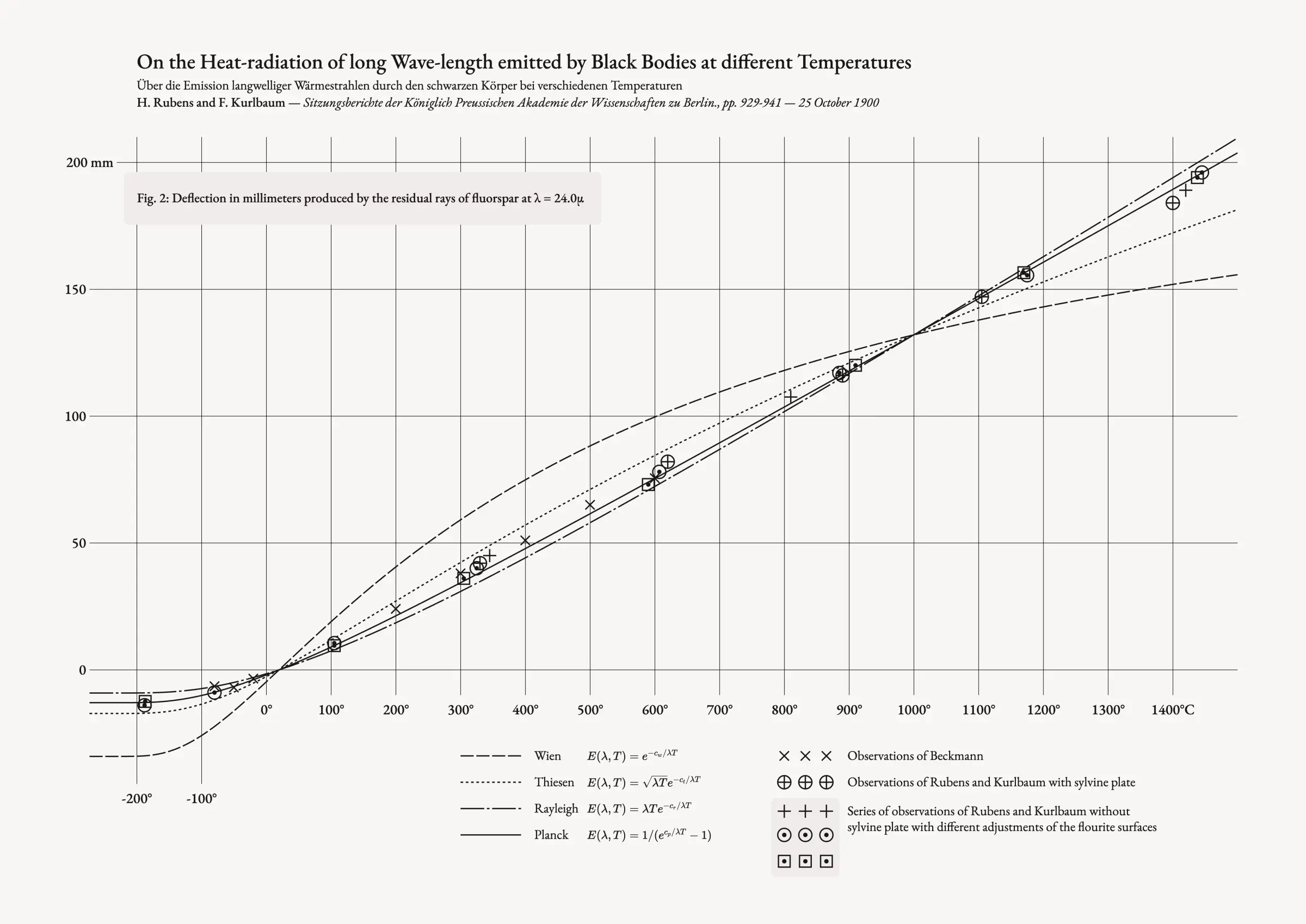
Reproduction of figure 2 on paper Über die Emission langwelliger Wärmestrahlen durch den schwarzen Körper bei verschiedenen Temperaturen by H. Rubens and F. Kurlbaum, published in Sitzungsberichte der Königlich Preussischen Akademie der Wissenschaften zu Berlin on 25 October 1900 (english translation provided by the Astrophysical Journal). Note that Planck proposed his formula on 19 October 1900. Rubens and Kurlbaum discussed (and praised) Planck's formula in their paper, but they added it to the figures only in a successive paper on 1901. Worth to mention thar the curves in figure are a linear transformation of the energy: a · E(λ, T) + b.
Generative Art
Generative art challenges me to create something deliberately useless — a uniquely ambitious endeavor for me. I experience art as an act of research... one of elegance, surprise, and happiness. I particularly value meaningless art: it conveys no message, yet offers a window into my inner self. View my generative artworks on the /projects page.
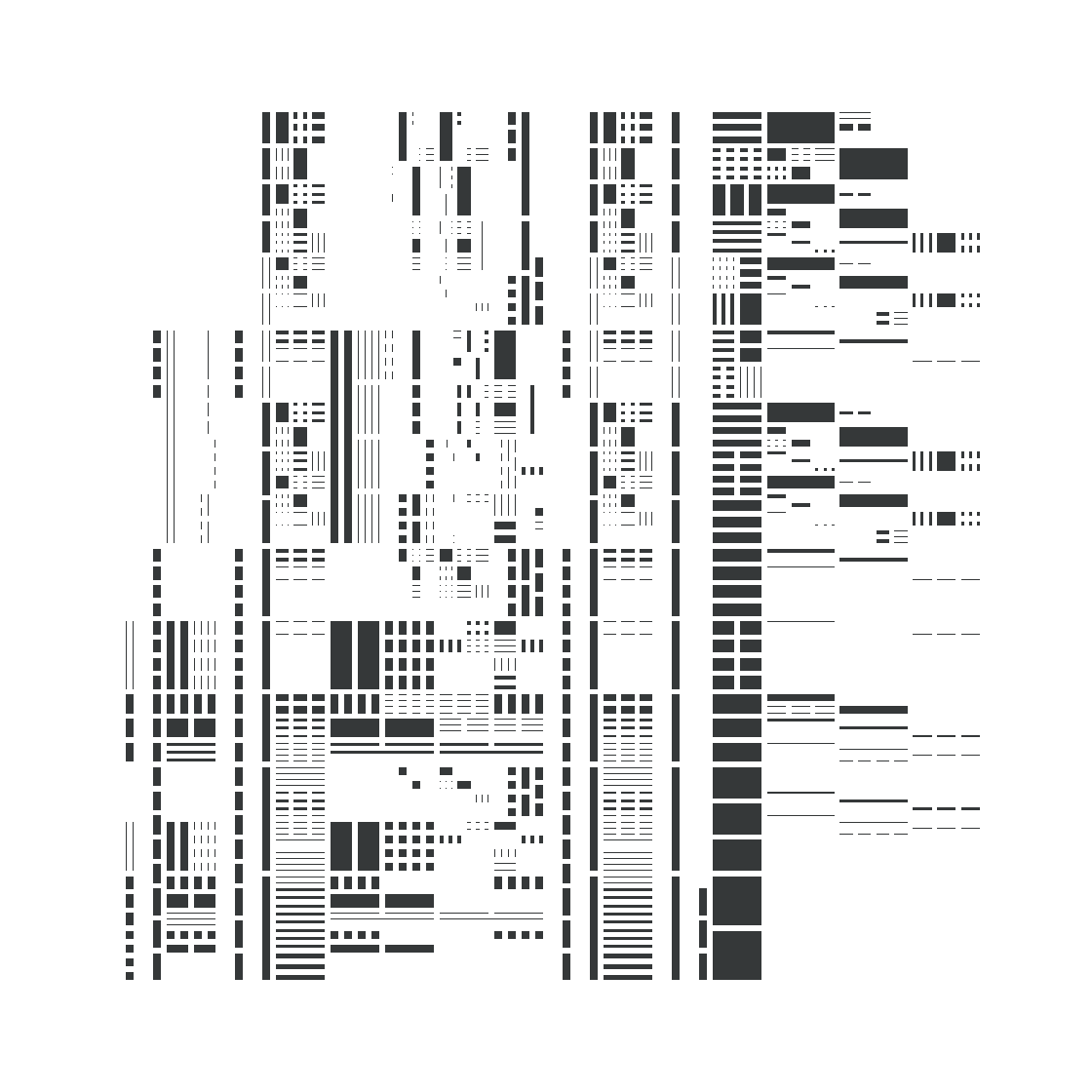
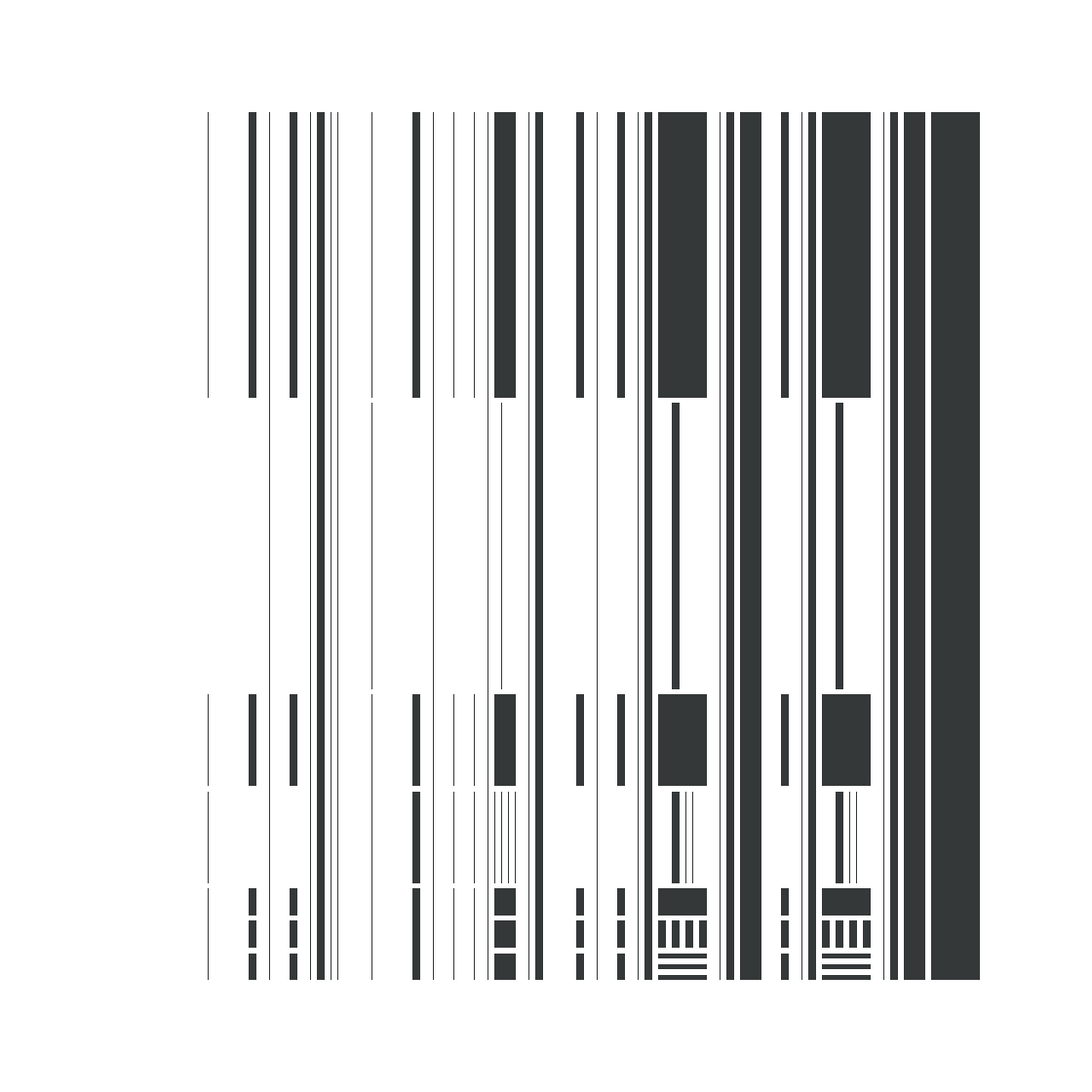
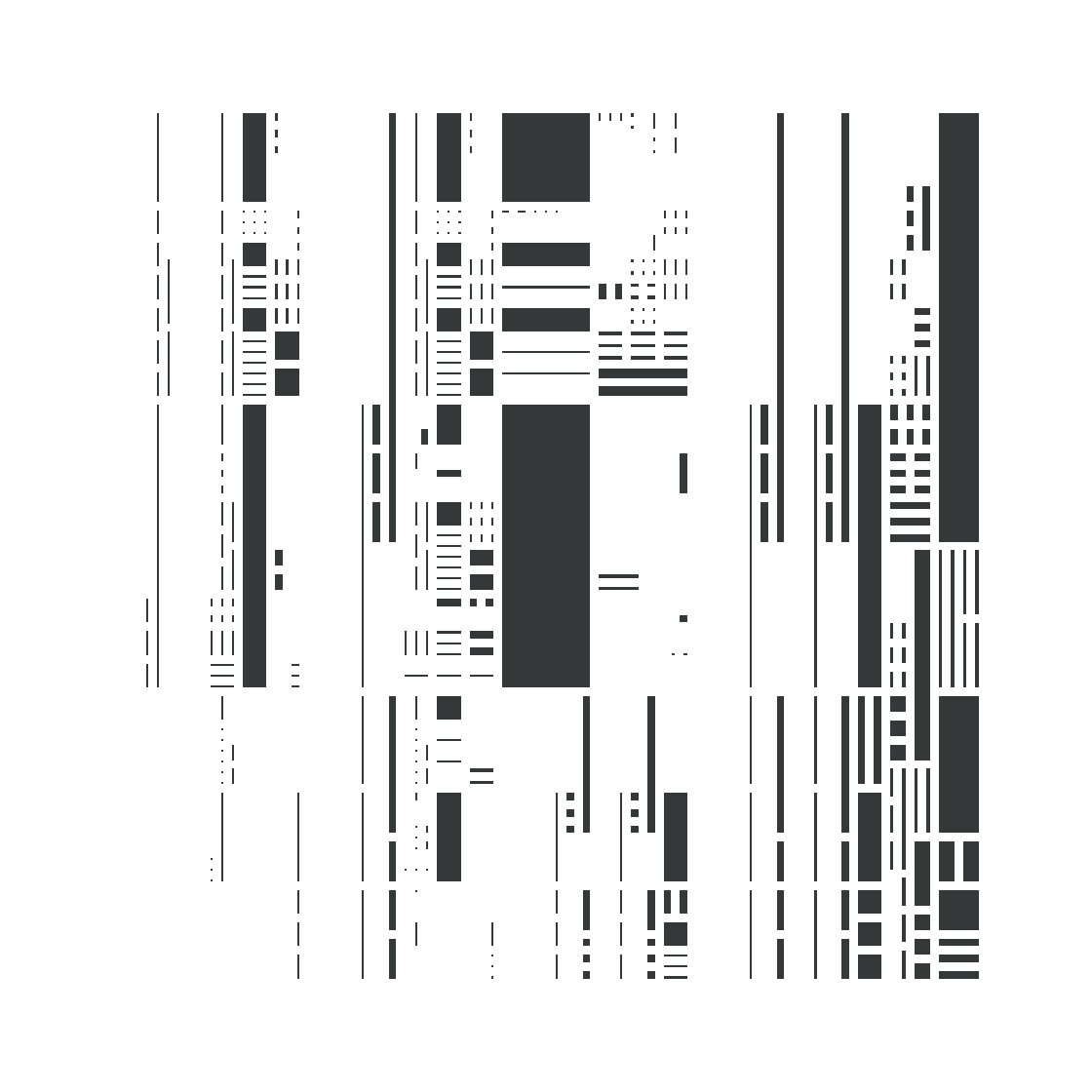
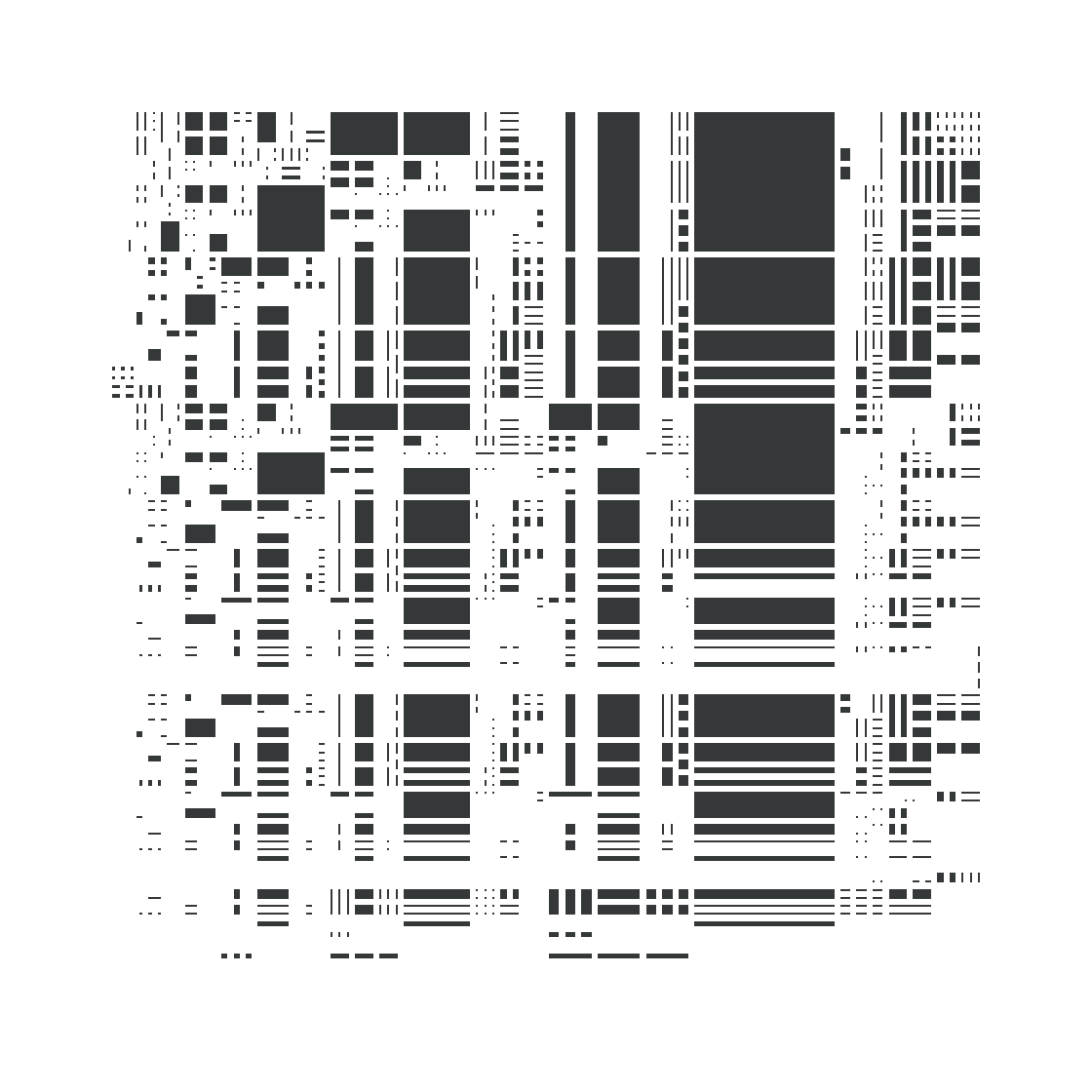








Gaussian Curvature
An excursion through discrete differential geometry.
I worked on the implementation of two-dimensional surfaces embedded in a 3D space. On this occasion, I wanted to explore the concept of intrinsic curvature, as studied first by Gauss and later by Riemann. To calculate the Gaussian curvature in the vertex shader, I used the definition provided by Meyer et al. in Discrete Differential-Geometry Operators for Triangulated 2-Manifolds. Have a look at the code implementation on Observable.
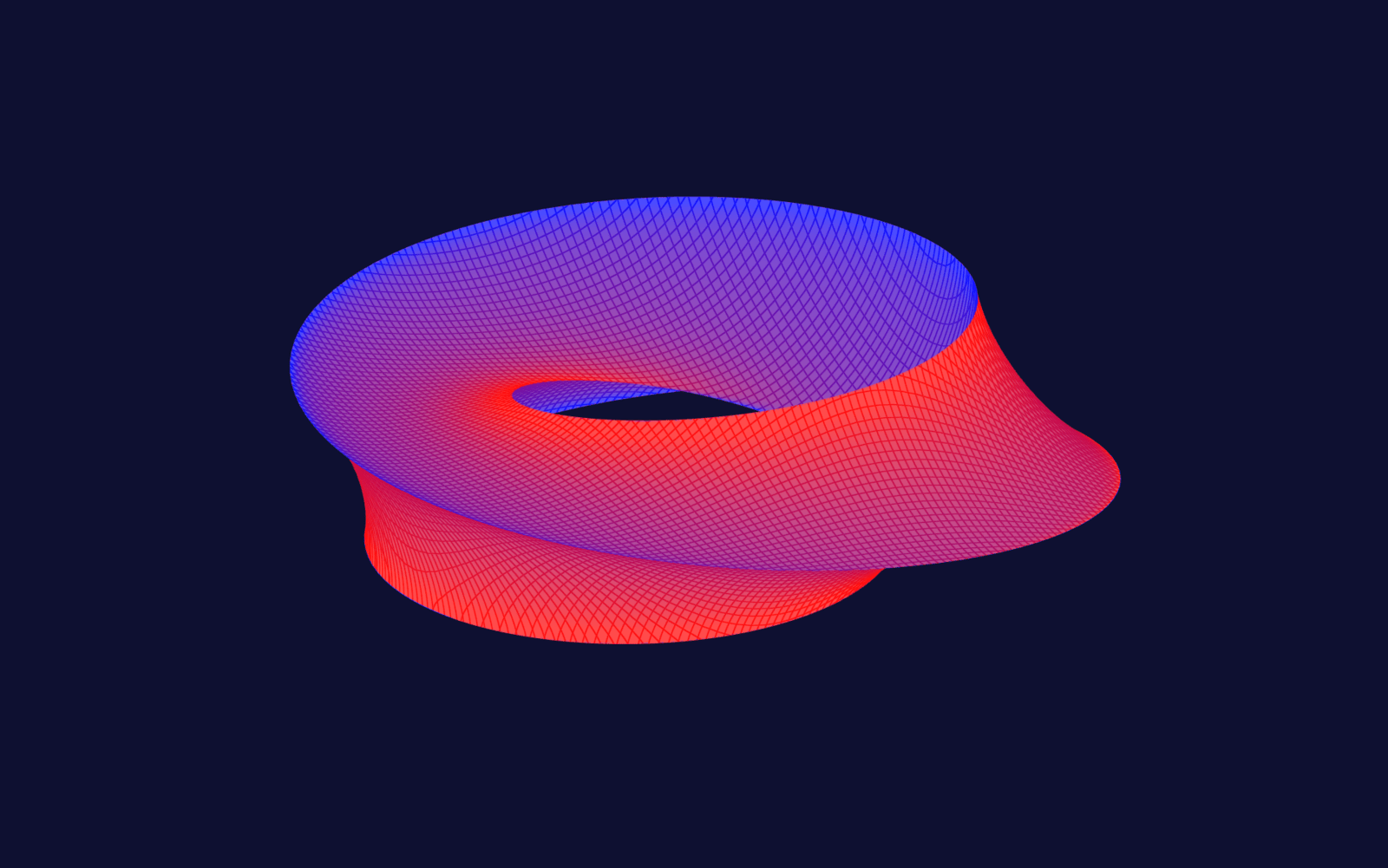
Umbilic Torus: implemented with regl and GLSL code on Observable. Red and blue colors describe negative and positive curvature values, respectively. Intermediate colors, such as violet, indicate curvature values near zero.
Be Open
I evaluate, above all, the possibility of doing something useful for others, and I take actions in that direction. I create open-source software, and I have a blog where I write about math, graphics, and programming. Please enjoy.
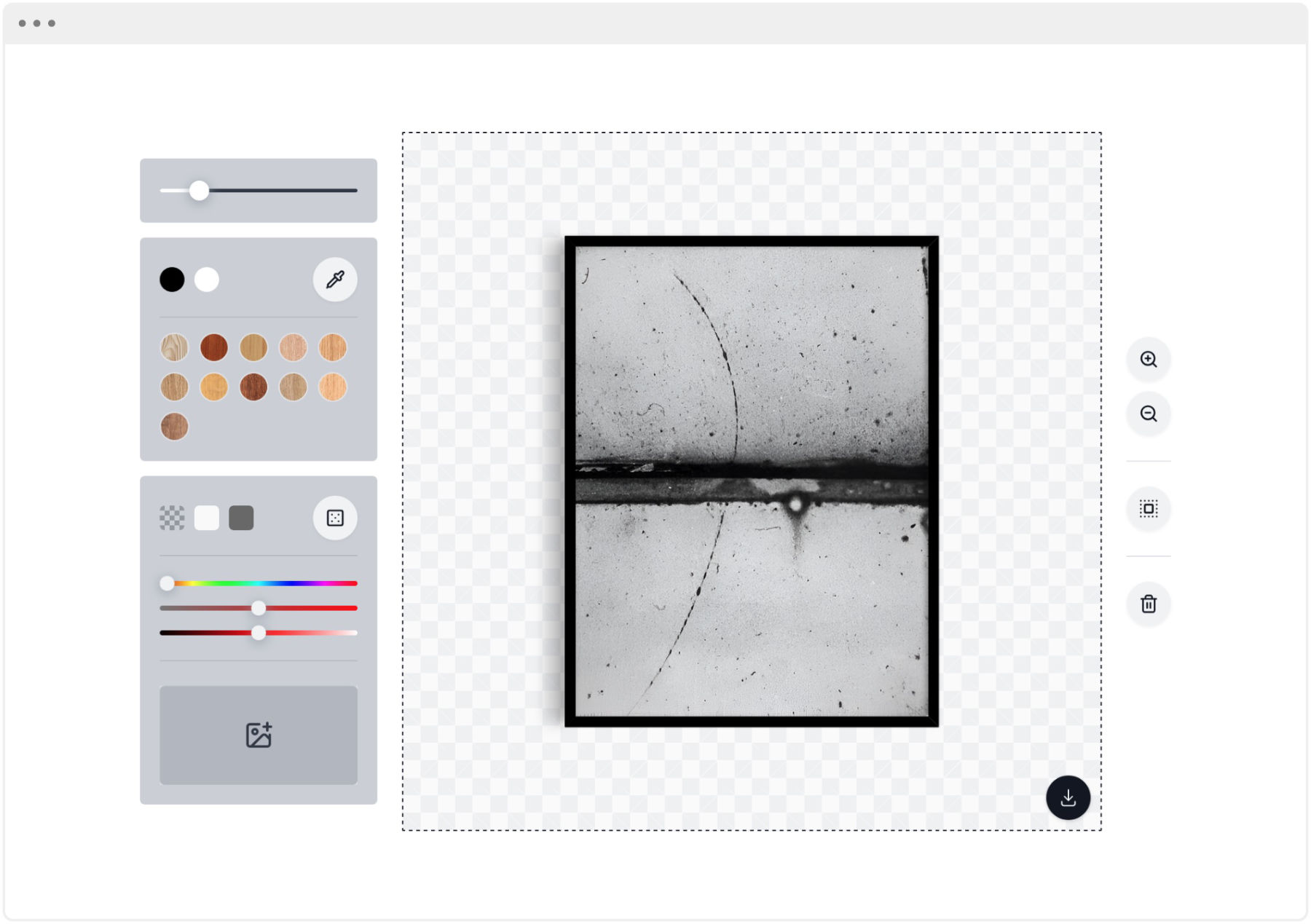
AddaFrame, is a web app designed for art lovers, creators, and anyone who wants to enhance their images by adding customizable frames. Simply load your image directly into the browser, customize the frame with options like wood textures or solid colors, and see the results instantly—all calculations happen on your device, ensuring your privacy. No uploads, no hassle—just beautiful, framed results.
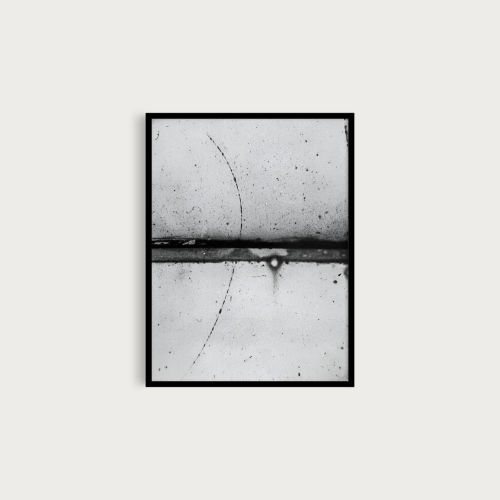

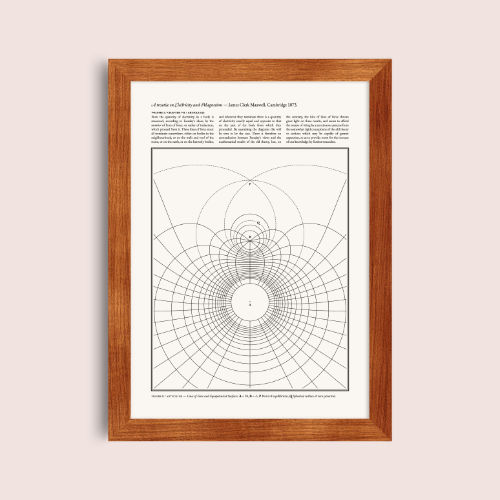
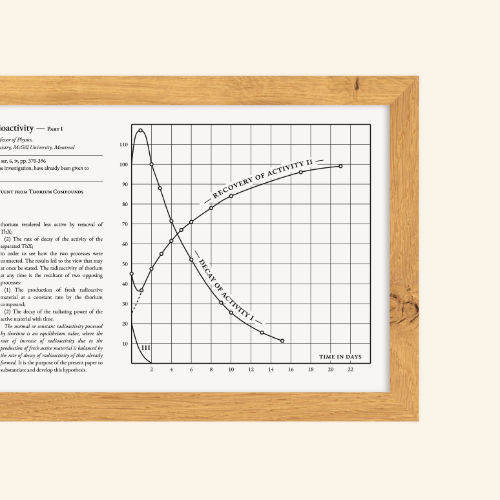
Data Visualisation
Currently, I am focused on data visualization at Cisco. I engage in R&D activities within private and public institutions, supporting the visualization of patterns emerging from complex phenomena and the creation of expressive graphic representations of large datasets. Find a selection of dataviz projects I worked on at /data-visualisation.

Get in Touch
You can reach me at [email protected].
